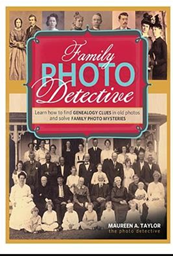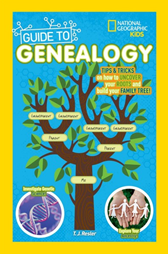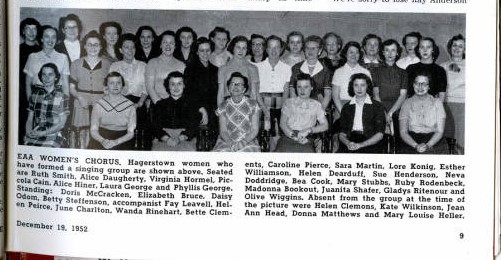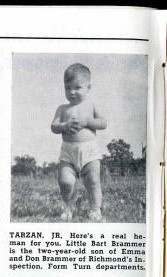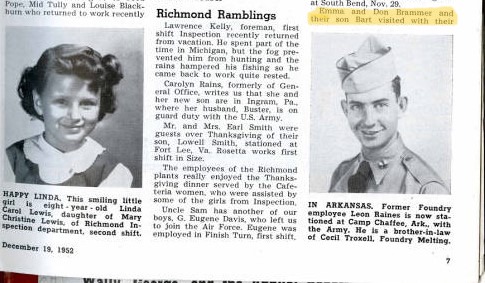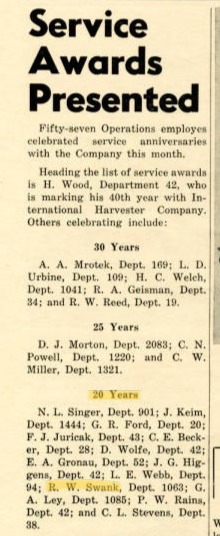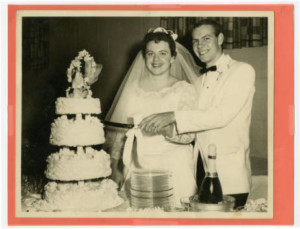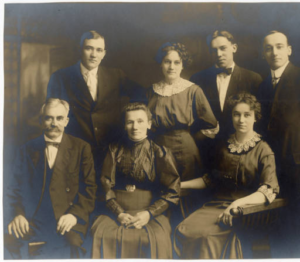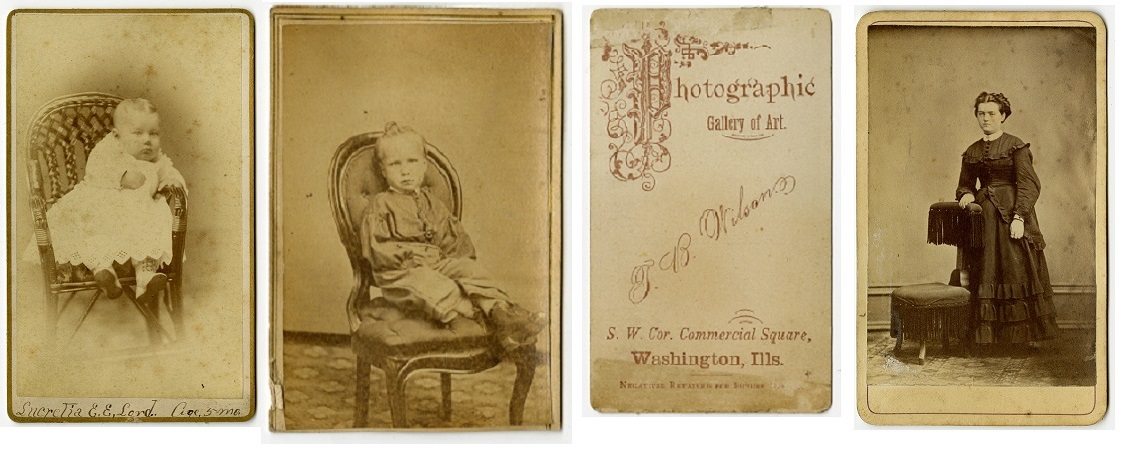There is no time like the present to celebrate the fascinating lives your ancestors lived, share their stories and discover new approaches to preserving treasured memories. If you are looking for some guidance or need help getting started, here is a list of some great books to inspire your next family history project:
“Finding True Connections: How to Learn and Write About a Family Member’s History”
Interview a family member and share their story with future generations. If you need help, the book “Finding True Connections: How to Learn and Write About a Family Member’s History” by Gareth St. John Thomas includes a comprehensive list of questions to delve into. There are even tips for expanding on questions to gain more meaningful responses. An added benefit to learning about your ancestry is the quality time you get to spend with your loved one. March is Women’s History Month and learning the life story of a female relative can be a great way to celebrate her! You never know what you may discover about her life.
 “The Art of the Family Tree: Creative Family History Projects Using Paper Art, Fabric & Collage”
“The Art of the Family Tree: Creative Family History Projects Using Paper Art, Fabric & Collage”
If you enjoy crafting and you want a creative way to show off your family tree, the book “The Art of the Family Tree: Creative Family History Projects Using Paper Art, Fabric & Collage” by Jenn Mason is full of family history crafting inspiration. Preserve your treasured memories as a work of art you can display in your home or give as a gift. Use copies of photos and documents to create wreaths, sculptures, books and more.
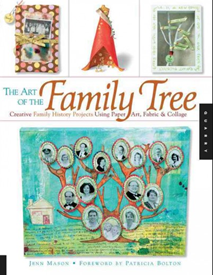 “Preserving Family Recipes: How to Save and Celebrate Your Food Traditions”
“Preserving Family Recipes: How to Save and Celebrate Your Food Traditions”
Nothing sparks memories quite like the aromas and flavors of the foods shared during family celebrations. Even without realizing it as we are gobbling it up, culture and family history is passed down with every bowl full of grandma’s arroz con leche or auntie’s famous molasses cookies. “Preserving Family Recipes: How to Save and Celebrate Your Food Traditions” by Valerie J. Frey offers more than tips for archiving family recipes. You will also learn how to make necessary adjustments to inaccurate recipes, collect oral histories and document food traditions.
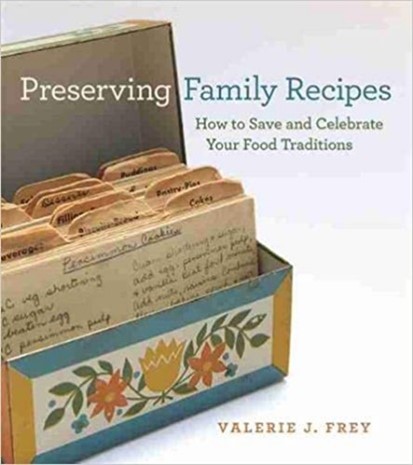 “Family Photo Detective: Learn How to Find Genealogy Clues in Old Photos and Solve Family Photo Mysteries”
“Family Photo Detective: Learn How to Find Genealogy Clues in Old Photos and Solve Family Photo Mysteries”
Break out that box of old family photos to identify mysterious people and places. The book “Family Photo Detective: Learn How to Find Genealogy Clues in Old Photos and Solve Family Photo Mysteries” by Maureen A. Taylor offers convincing evidence those family photos are deserving of more than just a quick glance. Each photo contains fascinating details that, when spotted, give us more information about the lives of ancestors.
“Visiting Your Ancestral Town: Walk in the Footsteps of Your Ancestors”
Plan a voyage to witness the same sights and sounds that your ancestors once did. Town halls, churches or local archives may contain records that help you piece together your genealogical puzzles. “Visiting Your Ancestral Town: Walk in the Footsteps of Your Ancestors” by Carolyn Schott can help you learn how to do genealogical research on your travels in order to get the most out of your trip.
 “Organize Your Genealogy: Strategies and Solutions for Every Researcher”
“Organize Your Genealogy: Strategies and Solutions for Every Researcher”
While you are digging through family memories, you can also organize your photos and documents. “Organize Your Genealogy: Strategies and Solutions for Every Researcher” by Drew Smith will provide you with instructions on how to set your organizing goals, save physical documents as digital files, keep track of notes and more.
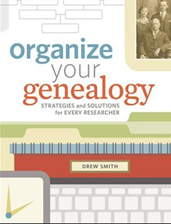 “The Family Story Workbook: 105 Prompts & Pointers for Writing Your History”
“The Family Story Workbook: 105 Prompts & Pointers for Writing Your History”
You don’t have to be a professional author to write the history of your family. With the help of “The Family Story Workbook: 105 Prompts & Pointers for Writing Your History” by Kris Spisak, anyone can learn to write their family history. This book also includes other creative ways to share family stories, like through poetry or music.
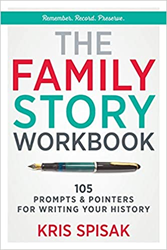 “The National Geographic Kids’ Guide to Genealogy”
“The National Geographic Kids’ Guide to Genealogy”
Involve the younger generation in your family history exploration. “The National Geographic Kids’ Guide to Genealogy” by T.J. Resler is an exciting introduction to the topic. In addition to explaining the basics, this book also includes project ideas like building a time capsule, interviewing family members and making your own board game.
If you would like more help researching your ancestors, plan a visit to the Indiana State Library. You can also schedule a one-on-one family history consultation or a family history tour of the building. Click here to learn more about events at the library and how to register for them. Call 317-232-3689 for more genealogy information.
The Indiana State Library is located at 315 W. Ohio St. in downtown Indianapolis. Click here for hours and directions.
This blog post is by Dagny Villegas, Genealogy Division librarian.

